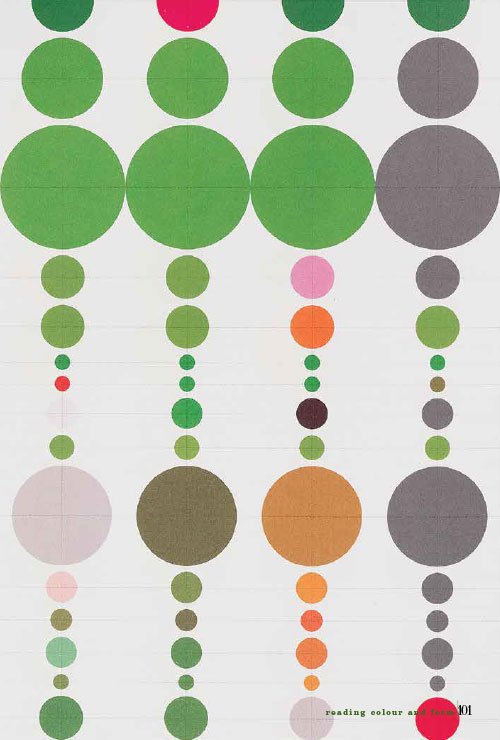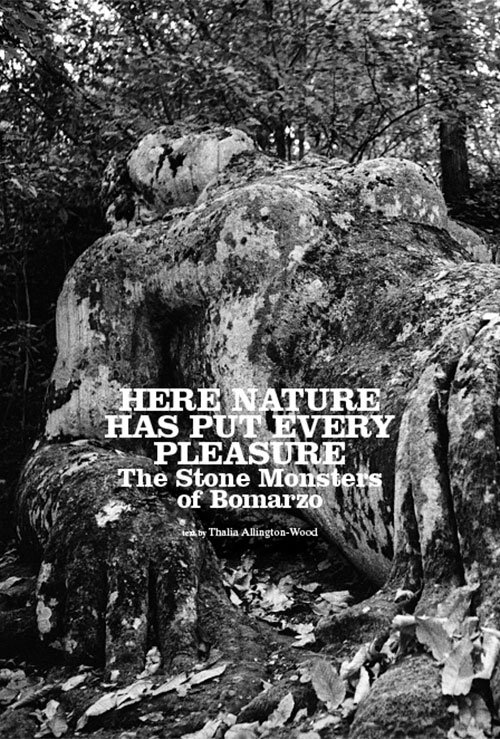Published annually, IL LIBRO explores Italian art in all its guises from the classical period
through to the present day with an emphasis on the forgotten and unknown.
The fourth volume of IL LIBRO like those before it, is not limited by time. Here, we take a fresh look at the Italian Arcadian vision from early Roman wall painting, through the utopian notions behind post war discos, to the present day, with a discussion between Giuseppe Penone and Sria Chatterjee about the risk of losing the very landscape that formed the vision this magazine celebrates.
© Wayne Maser
Marco Voena, publisher
IL LIBRO is the brainchild of Marco Voena, co-owner of the premier international gallery of Italian old and modern masters, Robilant+Voena. Recognized as an expert in European old masters—which grew out of his early interest in Caravaggio and his followers—and Italian postwar art, Marco’s range and understanding extends to Italian ancient and old master sculpture, and Italian decorative arts.
Concurrent with his art dealing, Marco has always had an interest in art publishing. In the 1990s, he founded Compagnia di Belle Arti, which published a series of monographs of little-known artists, and in 2019 established Voena Publishing, with the inaugural volume of IL LIBRO: The Magazine of Italian Art.











